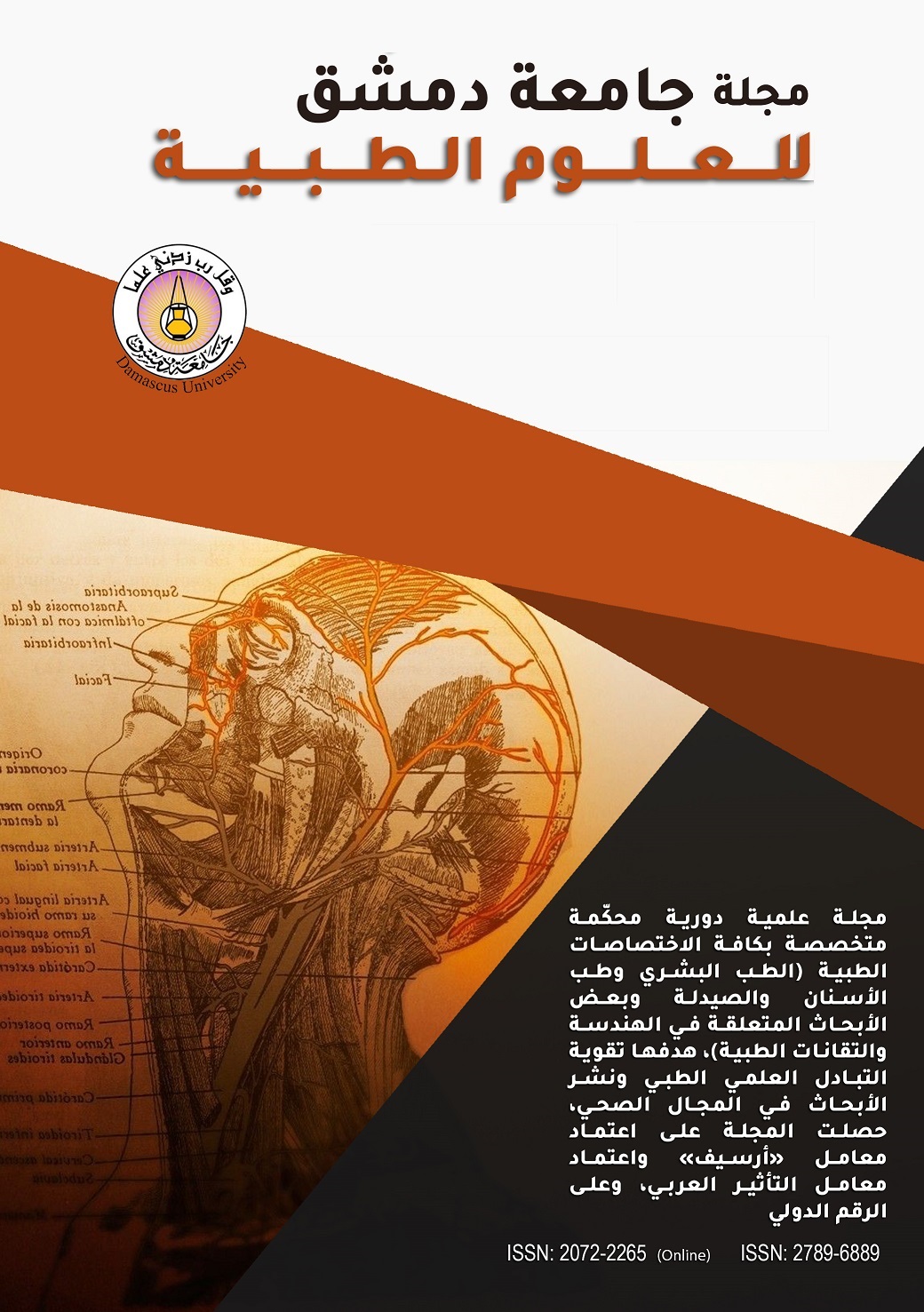Fit of Custom made zirconia posts and cores fabricated using CAD-CAM technology (In vitro study)
Keywords:
ustom Made Posts And Cores, Zirconia, Fit, Cad/Cam TechnologyAbstract
Background and Aim of study: Advancement in dental materials and techniques used in fabrication of fixed prosthodontics especially CAD/CAM technology permits fabrication of esthetically custom made zirconia posts and cores, fit of these posts plays essential role in their success. Hence, our study aimed to compare the fit of custom made zirconia posts and cores fabricated using CAD\CAM technology to their conventionally casted metal counterparts.
Materials and Methods: single-canal freshly extracted human premolars (n=12) were endodontically treated and their canals were prepared to receive custom made posts and cores, two custom made posts were made for each tooth, one from zirconia using CAD/CAM technology and the other form metal using conventional technique.
Posts adaptation in both groups were evaluated by weighting the silicon wash trapped between the post and canal walls using a precision digital scale (0.0001g), Data were collected and analyzed using T-student test.
Results: fit of custom made zirconia posts and cores were significantly better than metal casted ones (P < 0.05).
Conclusions: According to this study, it was found that CAD/CAM technology besides saving time and effort permits fabricating of custom made zirconia posts and cores with good adaptation to root canals walls.

